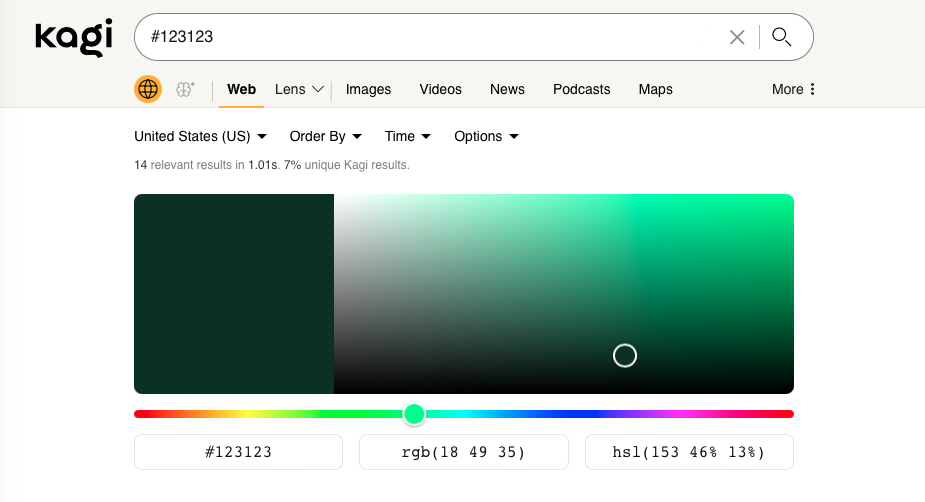Fresh from Kagi Labs: We're shipping an alpha version of Kagi
Sidekick, a search and "chat with content"
solution for websites.
Kagi Sidekick will offer instant site search results, and on-demand AI
generated summaries, by tapping directly into the website's content.
As a bonus, the website content will automatically (after opt-in)
surface as a part of Kagi search index.
You can see Sidekick live in action in Kagi's
documentation.

We'd love to hear your
feedback, and how
would you use it on your website. We will plan the launch based on
incoming demand.
Visit the Sidekick project landing page
to learn more and register your interest for a beta invite. If you'd
like to participate in building projects like this, Kagi Labs is
hiring
part-time contributors.




No terminal emulator ever should affect the performance of the rest of your system.
I mean that totally w.r.t. how it feels to interact with the terminal emulator.